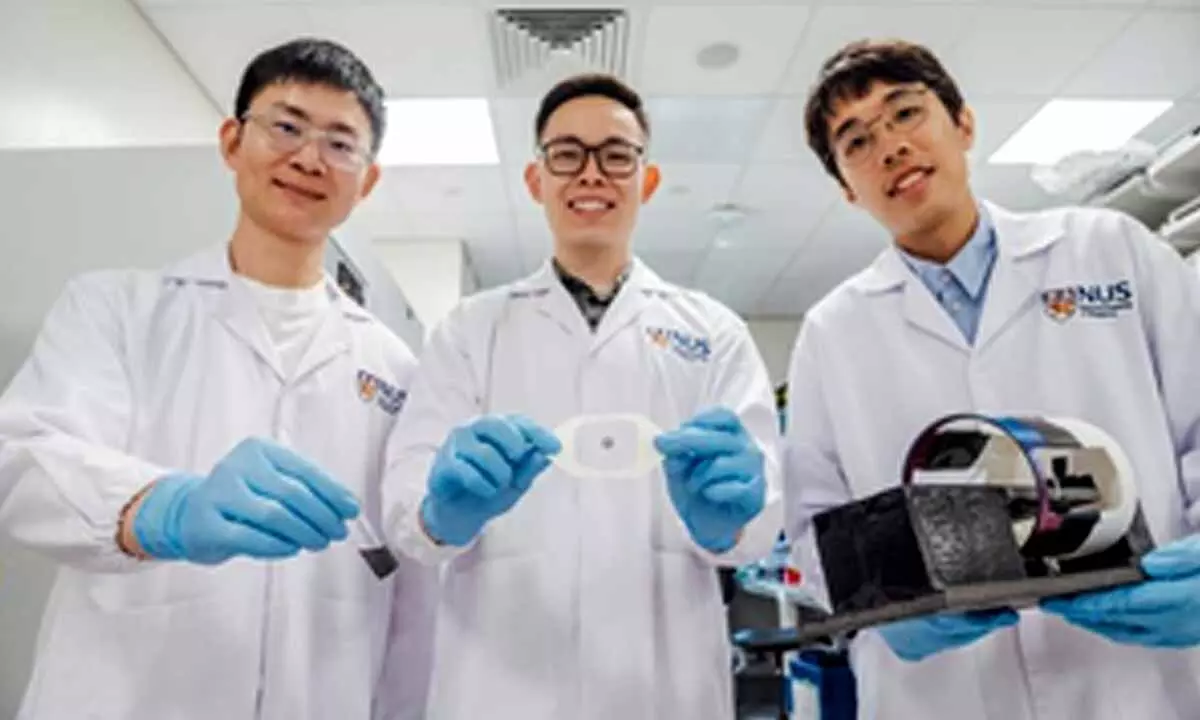Scientists create magnetic gel that heals diabetic wounds 3x faster
Share :

A team of researchers has developed an innovative magnetic wound-healing gel that promises to speed up the healing of diabetic wounds, reduce recurrence rates, and, as a result, reduce the number of limb amputations.
New Delhi: A team of researchers has developed an innovative magnetic wound-healing gel that promises to speed up the healing of diabetic wounds, reduce recurrence rates, and, as a result, reduce the number of limb amputations.
The researchers from the National University of Singapore (NUS), who engineered the gel, explained that each treatment involves the application of a bandage pre-loaded with a hydrogel containing skin cells for healing and magnetic particles.
To maximise therapeutic results, a wireless external magnetic device is used to activate skin cells and accelerate the wound healing process. The ideal duration of magnetic stimulation is about one to two hours.
Lab tests showed the treatment combined with magnetic stimulation healed diabetic wounds three times faster than current conventional approaches, according to the research published in the scientific journal Advanced Materials.
“Our technology addresses multiple critical factors associated with diabetic wounds, simultaneously managing elevated glucose levels in the wound area, activating dormant skin cells near the wound, restoring damaged blood vessels, and repairing the disrupted vascular network within the wound,” explained Assistant Professor Andy Tay, who led the team.
Currently, more than half a billion people globally are living with diabetes, and this number is expected to rise significantly. Chronic diabetic wounds such as foot ulcers have therefore become a major global healthcare challenge.
Every year, there are around 9.1 to 26.1 million cases of diabetic foot ulcer worldwide, and about 15 to 25 per cent of patients with diabetes will develop a diabetic foot ulcer during their lifetime, the researchers said.
“What our team has achieved is to identify a sweet spot by applying gentle mechanical stimulation. The result is that the remaining skin cells get to ‘work out’ to heal wounds, but not to the extent that it kills them,” said Tay.
The specially designed wound-healing gel is loaded with two types of FDA-approved skin cells -- keratinocytes (essential for skin repair) and fibroblast (for formation of connective tissue) -- and tiny magnetic particles.
When combined with a dynamic magnetic field generated by an external device, the mechanical stimulation of the gel encourages dermal fibroblasts to become more active, the researchers stated.














